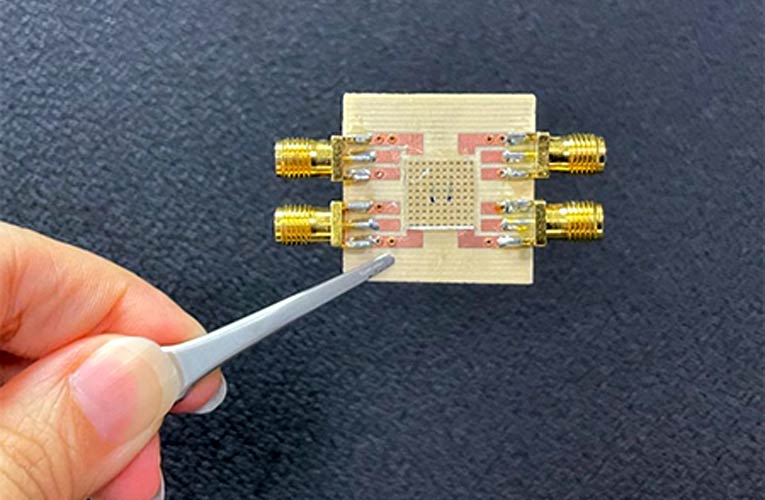
A team of researchers from the National University of Singapore (NUS) and Japan’s Tohoku University (TU) has harvested energy using Wi-Fi band signals to power small electronics without using any battery. The team has developed a technology that uses compact devices known as spin-torque oscillators (STOs) to harvest and convert wireless radio frequencies into energy to power small electronics.
The entire research was carried out in collaboration with the research team of Professor Guo Yong Xin, who is also from the NUS Department of Electrical and Computer Engineering, Professor Shunsuke Fukami, and his team from Tohoku University.
Professor Yang Hyunsoo from the NUS Department of Electrical and Computer Engineering, who spearheaded the project said, "We are surrounded by Wi-Fi signals, but when we are not using them to access the Internet, they are inactive, and this is a huge waste. Our latest result is a step towards turning readily available 2.4GHz radio waves into a green source of energy, hence reducing the need for batteries to power electronics that we use regularly. In this way, small electric gadgets and sensors can be powered wirelessly by using radiofrequency waves as part of the Internet of Things. With the advent of smart homes and cities, our work could give rise to energy-efficient applications in communication, computing, and neuromorphic systems,"
An array in which eight STOs were connected in series helped researchers to overcome the spatial and low-frequency limitations. This array enabled them to convert the 2.4 GHz electromagnetic radio waves (that Wi-Fi uses) into a direct voltage signal, which was later transmitted to a capacitor to light up a 1.6-volt LED. On being charged for five seconds, the capacitor was able to light up the same LED for one minute after the wireless power was switched off.
During the research, the team found that the parallel configuration is more useful for wireless transmission due to better time-domain stability, spectral noise behavior, and control over impedance mismatch. The series connections, on the other hand, can be used for energy harvesting due to the additive effect of the diode-voltage from STOs.
The team is planning to test their energy harvesters for wirelessly charging other useful electronic devices and sensors. They also hope to work with industry partners to explore the development of on-chip STOs for self-sustained smart systems, thereby opening up possibilities for wireless charging and wireless signal detection systems.

